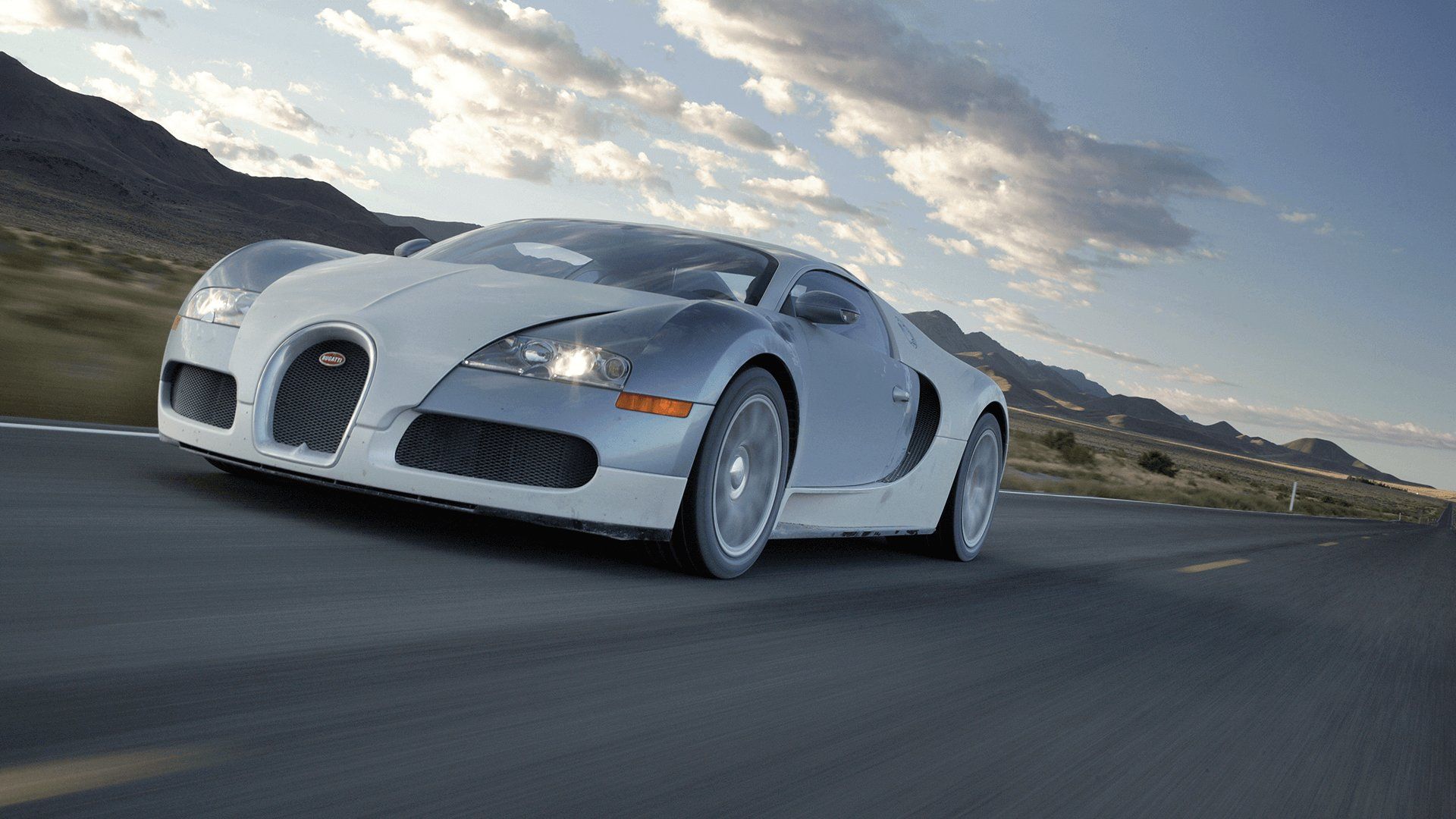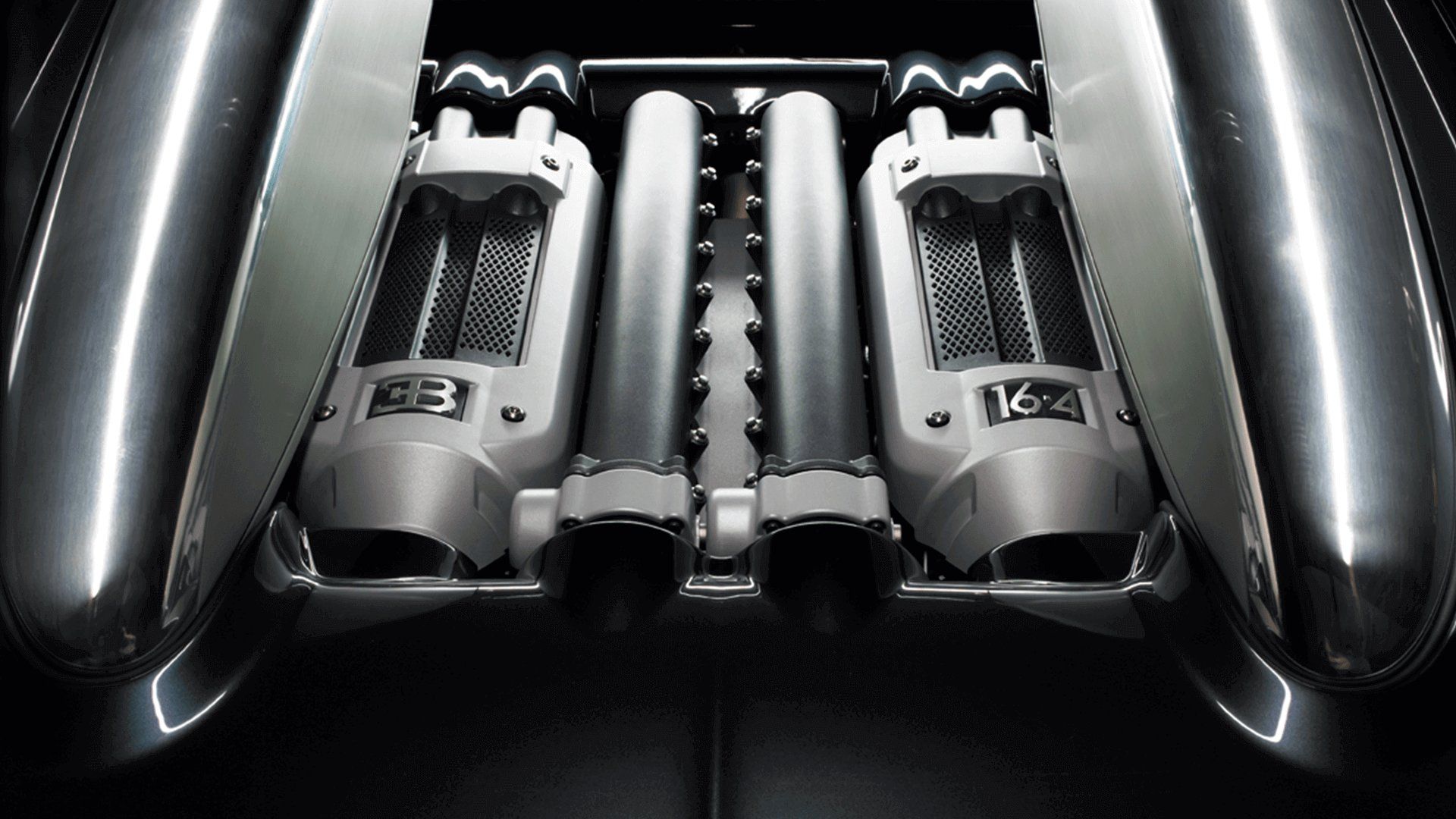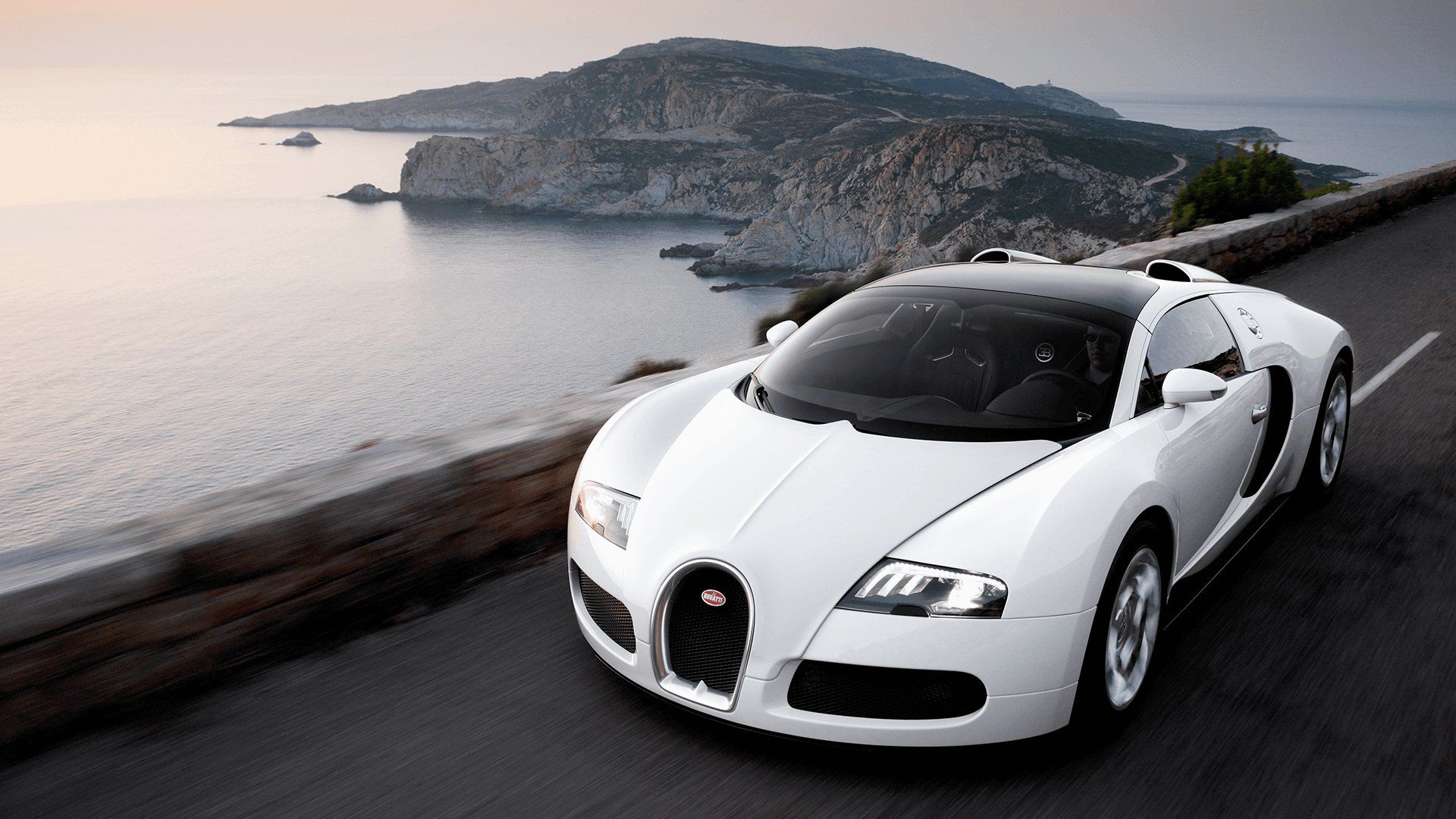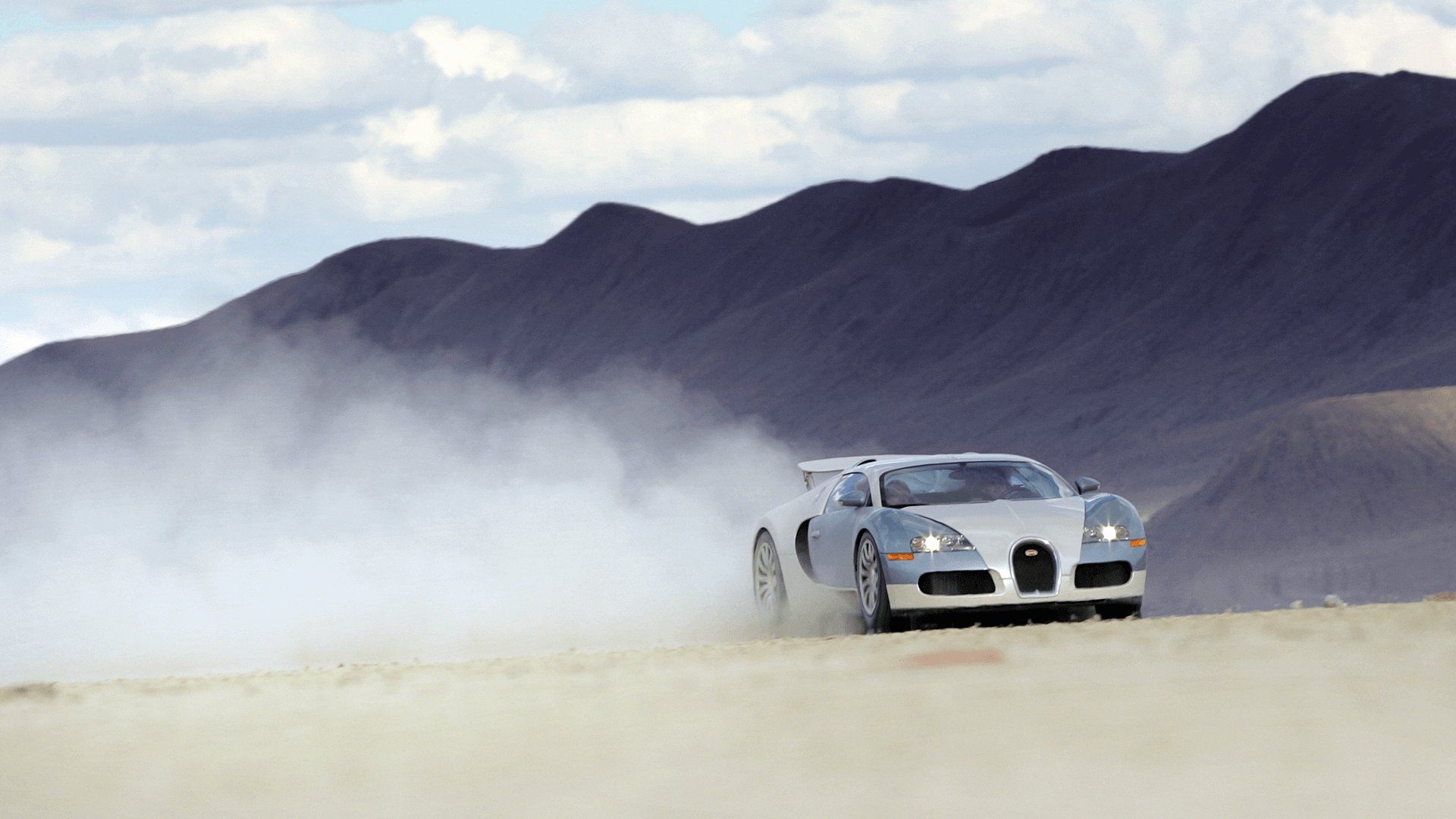Drivetribe has released a new video that details what the Bugatti Veyron would have been like had it been based on a trio of Italdesign-designed concept cars that were introduced back in the late 1990s. The EB118, EB218, and Bugatti 18/3 Chiron were all different from one another in various ways, but one thing they had in common was the very odd, naturally aspirated, 6.3-liter W-18 engine. Yeah, you read the right, a W-18. Of course, we all know that the Veyron (and the Chiron, for that matter) was powered by a W-16, so what happened?
The W-18 Was Inferior to the W-16 We Know Today
Bugatti’s W-18 featured three banks of six cylinders. There was a 60-degree offset between each bank, which meant that the engine was rather large. The plan was to use this abnormal engine in the Veyron, and it was even showcased in the Bugatti EV 18.4 that previewed the Veyron a year or two before the car we know today made its debut. To the layman, two more cylinders would come off as the potential for more power, but that wasn’t the case. In fact, that W-18 only pumped out 547 horsepower and 429 pound-feet of torque.
With that kind of power, Bugatti Veyron would have been a completely different car, and you can bet it wouldn’t have gained the iconic status it did. The base Veyron that did go into protuction – the Veyron 16.4 – was powered by an 8.0-liter W-16 that was good for 1001 horsepower and 921.95 pound-feet of torque. By the time the Veyron was retired, that same engine was tuned to deliver 1,200 horsepower and 1,106 pound-feet of torque in the Veyron Super Sport and Sport Vitesse. Even in base form, the deficit is huge: 454 ponies and 492 pound-feet of torque. Think the Veyron would have been able to do the 2.5-second sprint to 60 mph or top out at more than 260 mph with the W-18? We think not.
Make no mistake, with less than 600 horsepower and even less torque, the Veyron would have been a turd in comparison. But, it may not have been the power that forced Bugatti to go with the W-16. See, there was a major packaging issue. With three banks of cylinders, an air intake had to be positioned right next to an exhaust manifold – one that undoubtedly gets red hot. Super-heated air being thrust into the combustion chamber would have been horrible for combustion and power output would have been drastically affected as well.
Bugatti Veyron 16.4 specifications
|
Engine |
8.0-liter W-16 |
|---|---|
|
Horsepower |
1,001 HP @ 6,000 RPM |
|
Torque |
921 LB-FT@ 2,200-5,500 RPM |
|
0 to 100 km/h |
2.5 seconds |
|
0 to 200 km/h |
7.3 seconds |
|
0 to 300 km/h |
16.7 seconds |
|
Top Speed |
407 km/h (252.8 mph) |
Needless to say, Bugatti wouldn’t have been able to set a new production car top speed record with that W-18 and, honestly, the Veyron wouldn’t have been anywhere near as awesome with it. Learn more about it in Drivetribe’s video below.




